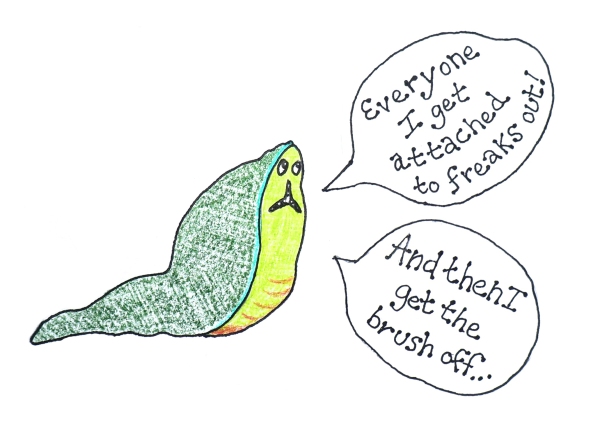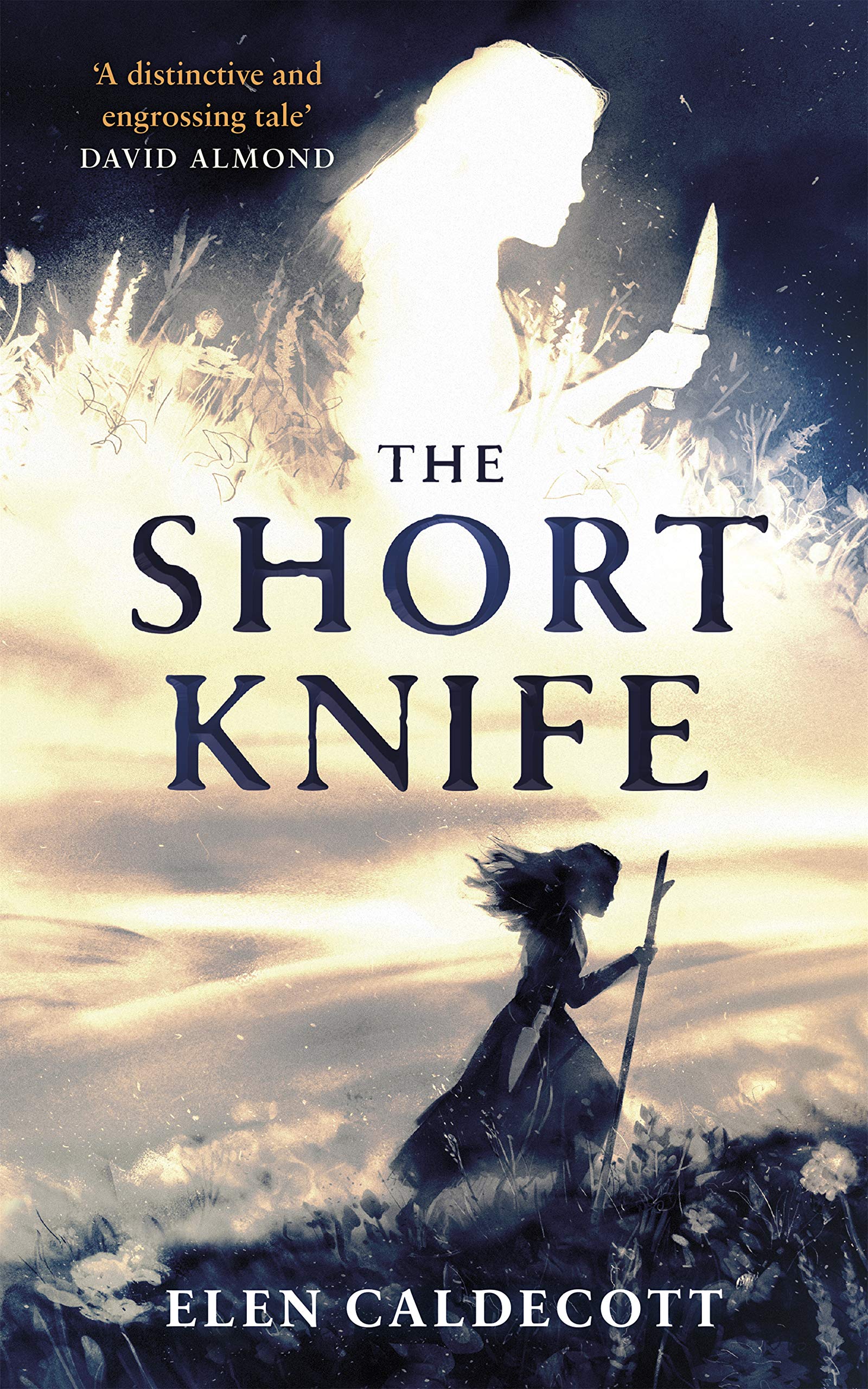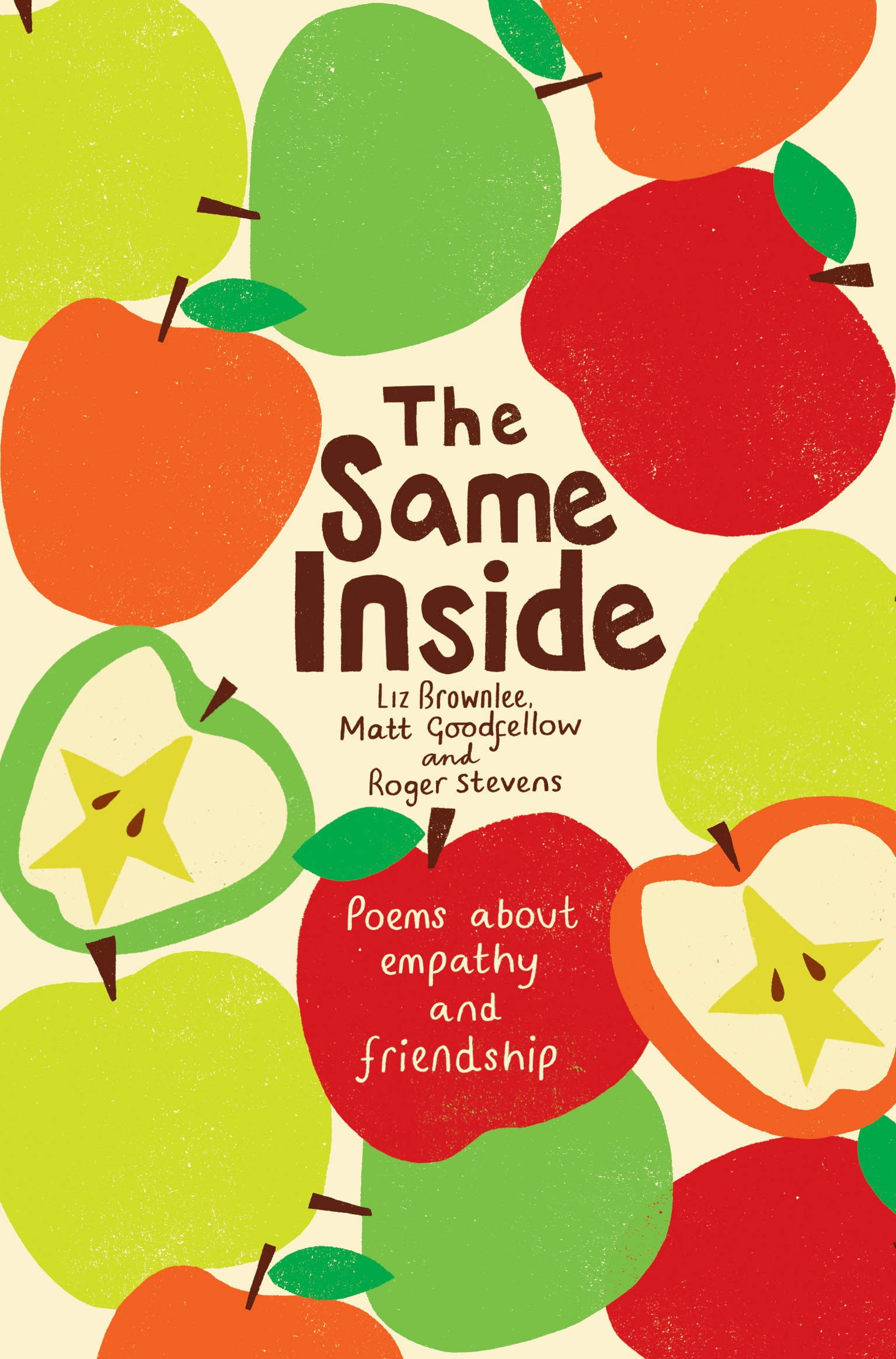L is for Leech
 I think we’d all agree that we’d rather not become a meal for a leech – and I decided to spare you a picture of one, and draw you a cartoon instead, but leeches have been given rather a bad press, and hopefully this blog will at least make you feel a bit happier about them!
I think we’d all agree that we’d rather not become a meal for a leech – and I decided to spare you a picture of one, and draw you a cartoon instead, but leeches have been given rather a bad press, and hopefully this blog will at least make you feel a bit happier about them!
Leeches are a type of worm. There are 700 species, 100 marine, 90 terrestrial, and the rest freshwater, forming a very important part of the food chain. Most leeches are predators, feeding on small invertebrates.
Only very few live on the blood of vertebrates, and these are the leeches which we may find attached to our dogs. Or us. They might or might not (it is not proven) use an anaesthetic to numb the pain of their bite, but they certainly have extremely effective methods of making sure their host’s blood does not clot, enabling them to swell with blood and drop off.
This is incredibly efficient – they may not need to eat again for 6 months.
Breaking the seal of the leech’s mouth and back end with a fingernail and brushing them away is the easiest and safest way to remove them – using any other method can make them regurgitate some of their stomach contents into the wound.
This could cause disease – but actually, leeches very very rarely cause any problem whatsoever to their human host, bar bleeding, which usually lasts a few hours (but can last three days, depending on species). Only a few cases of disease in hundreds of years have been reported, so there is no need to worry. As long as the wound is kept clean and does not become infected.
Bar one small species endemic to Eurasia and Africa which can parasitise humans… *looks out onto English garden and feels thankful*.
Leeches have much that we can learn from, particularly the methods already mentioned used for anticoagulation.
For there are also medicinal leeches. Years ago these were used by Doctors to take blood from people with a range of maladies – of course, this did not usually work, but they can be used to great effect nowadays and are making a comeback. Most notably in plastic surgery where blood can clot and cause tissue death. Leeches keep the blood flowing and tissue healthy.
Leeches are also used in Germany to help with osteoarthritis after their use was discovered to help with the pain of this condition.
So – I guess I may not have won you over to a lifelong love for the leech – and my poem is certainly not going to help with that, but I hope you enjoy it at least!
.
Leeches
.
A leech makes a three cornered cut,
when its sixty-three teeth all snap shut,
it has thirty-two brains
and its spit numbs your pains,
as it drains all your blood to its gut.
.
A leech with its three sucking chins,
drinks glugs of your blood which it thins,
swells like a balloon,
then falls in a swoon,
with stretched skin and three satisfied grins.
.
© Liz Brownlee
If you would like to blog hop to another A-Z Challenge, please click on the logo in the right hand column!
.
Information from:
Prose and Poem and cartoon © Liz Brownlee, all rights reserved, not to be used in any manner whatsoever without the permission of the author.
- Posted in: A-Z Blog Challenge 2016 ♦ Animal Magic - the book ♦ Animals ♦ Poems ♦ Sustainability
- Tagged: animals, food-chain, health, Leech, nature, osteoarthritis, science, sustainability, wildlife, worm

























Love your poem! Leeches freak me out! I saw on an episode of Botched a few seasons ago where Dr. Terry Dubrow and his wife, Real Housewives of Orange County’s Heather Dubrow, used leeches on their skin to suck their blood out then they used the blood to spread on their faces. It was supposed to be really good for the skin. Yuk! They both said they’d never do it again…
Michele at Angels Bark
LikeLike
Thank you! And oh, my goodness – good for the skin? Well, they could do that from the inside out by getting their faces all red at the gym…
LikeLike
Leeches can be good as in the case of osteoarthritis. I didn’t know that actually but that’s great. They are gross looking though and are not a great creature to think of even a ugly but stil cute….they’re just ugly. I love your poem!
LikeLike
Thank you, Birgit! It was fun to write… you’d never think they could save lives, would you?
LikeLike
Love your poem, the last line made me laugh, but leeches themselves? – yuck!!
LikeLike
Thanks, Euncice, and I have to admit I do give them the brush off…
LikeLike
Oh, excellent poem, Liz. I’ve encountered leeches in Borneo and the Ecuadorian rainforest. They are astonishingly interesting and didn’t unnerve me as much as I thought they would – I was far too fascinated by them to worry about their bloodsucking habits!
Susan A Eames from
Travel, Fiction and Photos
LikeLike
Thank you Susan. That is lovely to know!
LikeLike
Ha ha – well written! I have seen leeches in our garden pond but haven’t got close up and personal with them! But if they’re worms, they can’t be bad! 🙂
LikeLike
Thanks, Celia, I’m astonished I have found a worm you didn’t know about!
LikeLike
I can’t say that I like leeches, but they are kind of fun. When I was in Nepal, 15 years again, there were ‘land’ leeches. they’d hang out on rocks, trees, tents, etc. and wave back and forth like a flag until they latched on to something. Before that trip, I’d only seen them in water…they’re pretty amazing little creatures (and mildly creepy as well).
LikeLike
Yes, that waving back and forwards is part cute, part creepy, I agree!
LikeLike
felt a morbid fascination with them when I found out they were used for medicinal purposes in ye olde england.
love your humour
zannie A-Z hopper
LikeLike
Thank you, Zannie! I love the name of your blog…
LikeLike
Another poem with a limerick rhythm, and very clever too. Even so, you can keep your leeches, thanks.
LikeLike
Hehe! Thank you, Liz!
LikeLike
As a child I saw The Jungle Queen with Humphry Bogart and Katharine Hepburn and developed an irrational fear of leeches even though I lived on the Mojave Desert. They are still scary, but scarce at least where I live.
LikeLike
Gosh – I’ve never heard of that before! I wonder what the phobia name would be? Oh, found it – bdellophobia!
LikeLike
I have been reading the Outlander series of books. It is surprising how often leeches were used years ago. Very messy though.
http://enchantedfantasies.blogspot.com/
LikeLike
Yes, horribly messy!
LikeLike
Woo hoo! Good for you to spotlight the lowly leech with such humor and compassion. 🙂
LikeLike
I have eclectic tastes! Nothing too lowly. 🙂
LikeLike
Most sources I’ve found say 32 brains, though.
LikeLike
I’ve just been back and looked at the info I wrote it from, and it does say 36, however, but as you say 32 is the number give in most places. If they have a ganglion in each segment it probably is 32, but it maybe they have 4 together as one of the segments near the head, so I’ll have to check that (if you are counting one ganglion as one brain, then even 4 together which would = one brain usually, would count as 4 if you see what i mean). Will check tomorrow, off to choir now!
LikeLike
Could be most species have 32 but some have 36…
LikeLike
I’m fixing on finding out, Christie! But I may change the poem, if that is the most common number. I wrote part of this a long time ago, and got the facts a long time ago, and have to admit I didn’t check the facts again, usually I go back to the paper/s written about the animal if there is a disagreement, or ask the species expert.
LikeLike
Your blog is a treat. Loved your leeches. Thank you visiting me on the A-Z. Daryl
LikeLike
Hi Daryl, a pleasure, glad you like the blog!
LikeLike
My mum had a pet leech called lycidas who lived in a large jar on her mantelpiece when she was at university in Bristol in the 1960s…and my dad had a dragonfly in a tiny harness which he used to take for aerial walks in the physics building so that he could study their manner of flight …he used this knowledge to build a toy ornithopter, which we kids used to play with
LikeLike
Ursula, that has to be the most unique and interesting reply to my blog EVER!
LikeLike
He patented his design in 1973. You can take a look here http://www.google.co.uk/patents/US3728814
It was a four-winged insect which flew just as a dragonfly, with the wings moving in rotation. My stepmother has the model now, otherwise I’d show it to you. He hand painted cellophane wings and build the body out of carbon fibre or the 1970s version of it!
LikeLike
That is AMAZING! I bet Annette could make one if you could borrow it from your stepmother!
LikeLike
After I read the beginning about the leeches I was thinking ok they aren’t that bad. Then I read your poem and realized that I still don’t like them. What with their 63 teeth and 3 chins to suck my blood and all, I don’t know how anyone could think that sounds pleasant.
@AllysePanaro from
The Frog Lady
LikeLike
Yes… I don’t think anyone would find it pleasant. But then, some people do study them and get used to them to the extent that they will enter a pond and allow them to bite so they can study them! I guess you can get used to anything!
LikeLiked by 1 person